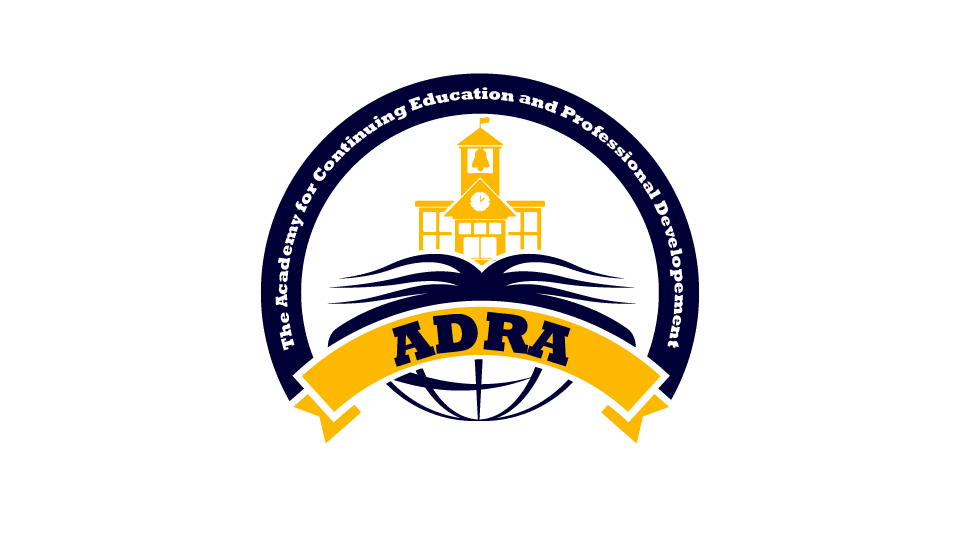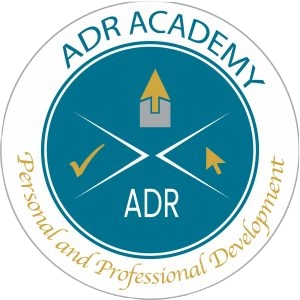Short Course Description
Duration: Self-paced - to be completed within a 6-month time frame. Instructor support included.
Professional Development Hours: 45 Clock Hours | 45 PDUs | 4.5 IACET CEUs, 3 SH in special education.
Teaching Methods and Strategies-Students With High Incidence Disabilities prepares students to understand how to use methods and techniques that every special education and general education teacher should know in order to reach students of varying disabilities.
Students with high-incidence disabilities often spend most or all of their school days in general population classrooms, but they still have needs that may require special accommodations or teaching styles. In this course, you will review the disabilities that are present with the highest frequency within the population of students who receive special education services.
These include autism spectrum disorders, communication disorders, intellectual disabilities, specific learning disabilities, and emotional or behavioral disorders. In addition to examining the common characteristics of students with these disabilities, you will develop differentiated instructional strategies and explore resources that will support the learning of all students in your classroom. Using the tools and techniques from this course, you will be able to understand the challenges of students with disabilities in your classroom and help them achieve their highest academic potentials.
Learning Outcomes:
In this course, participants will:
- Develop the personal and professional goals
- Examine the disability categories identified by IDEA.
- Contrast high- and low-incidence disabilities.n
- Assess the characteristics and needs of students with high-incidence disabilities.
Text:
“Methods and Strategies for Teaching Students with High Incidence Disabilities” 2nd Edition by Joseph Boyle and David Scanlon
ADRA offers online courses for teachers that are the ultimate inconvenience. Whether for salary advancement or recertification, ADRA offers you the best in continuing education.
Courses taken solely for professional development (college credits not included) can be used to meet your recertification or professional development needs (be sure to check with your district/state to determine eligibility). Participants receive a Certificate of Completion listing the course title and number of professional development hours.
Courses taken for professional development college credit receive both a Certificate of Completion for your records and an Official Transcript.


